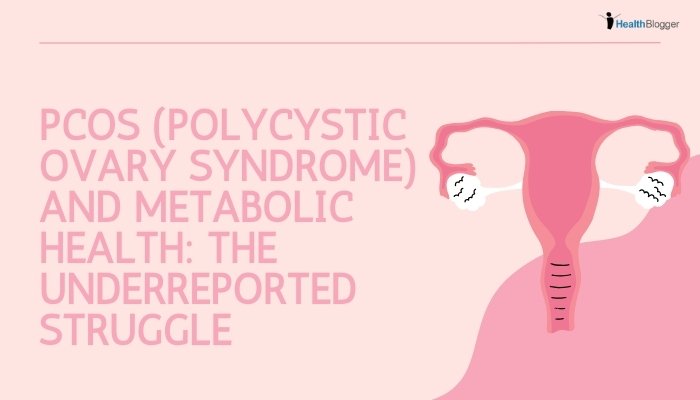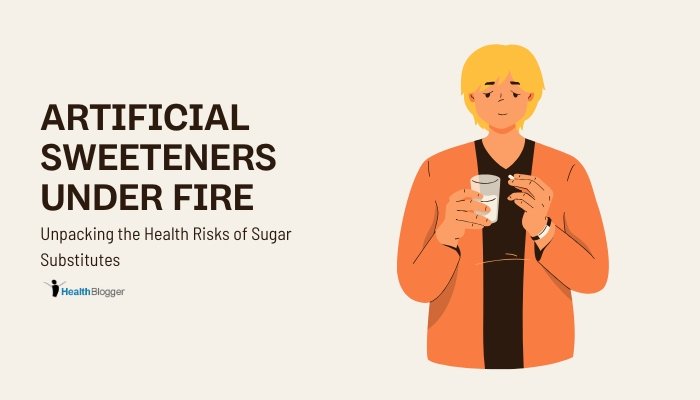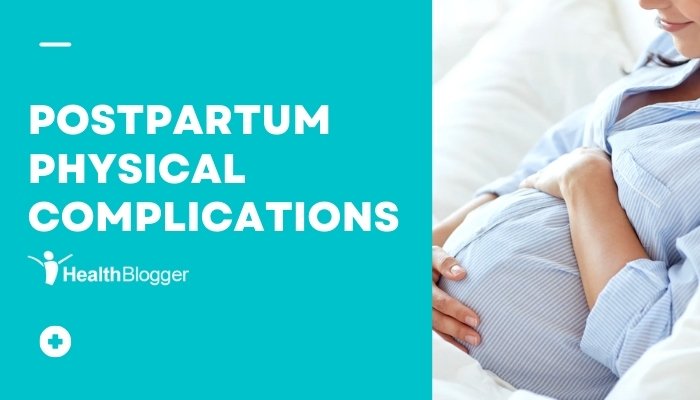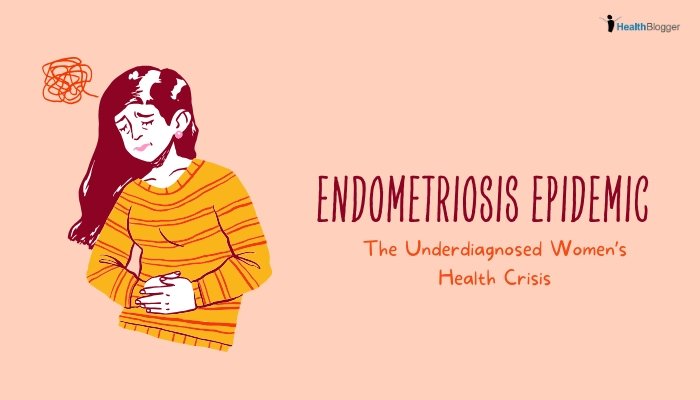Polycystic ovary syndrome (PCOS) is one of the most common endocrine disorders affecting women of reproductive age, impacting approximately 6–13% (up to 1 in 10). Despite its prevalence, many individuals remain undiagnosed—some estimates suggest up to 70% of women with PCOS may not realize they have it.

PCOS extends well beyond irregular periods or fertility challenges; it can alter hormones, contribute to weight gain, increase diabetes risk, and place a strain on long-term metabolic health.
Despite the widespread ramifications, PCOS often goes underrecognized in public health discussions, leaving many women searching for both acknowledgment and effective interventions.

Introduction
While PCOS can manifest in diverse ways, hallmark signs—like irregular menstrual cycles, elevated androgens (male hormones), and ovarian cysts—barely scratch the surface of its full impact. For many, insulin resistance, weight fluctuations, and increased risk of type 2 diabetes are equally pressing concerns. Difficulty receiving a timely diagnosis or appropriate treatment can result in complications that extend into a woman’s reproductive years and beyond. By dissecting the metabolic underpinnings of PCOS and exploring strategies for effective management, this article hopes to empower more women to advocate for a diagnosis and supportive care.
What Is PCOS?
Polycystic ovary syndrome is a hormonal disorder where women may exhibit:
- Hyperandrogenism: Elevated androgen levels causing acne, hirsutism (excess facial or body hair), or thinning scalp hair.
- Menstrual Irregularities: Infrequent, prolonged, or absent menstruation.
- Polycystic Ovaries: Multiple small, fluid-filled sacs on the ovaries visible via ultrasound (though not always present).
While exact causes remain complex—likely involving genetic, environmental, and lifestyle factors—disrupted insulin signaling often exacerbates hormone imbalances.
Core Symptoms and Diagnostic Criteria
Medical professionals frequently rely on the Rotterdam criteria (needing two of three factors below) to diagnose PCOS:
- Oligo-ovulation or Anovulation (irregular or absent ovulation)
- Clinical or Biochemical Signs of Hyperandrogenism (excess hair growth, high androgen levels in blood tests)
- Polycystic Ovaries on ultrasound
However, the syndrome can vary significantly from person to person. Some have typical “pearls on a string” cysts on imaging, while others might only have blood-test evidence of hyperandrogenism.
The Metabolic Dimensions of PCOS
- Insulin Resistance
- Many with PCOS struggle with insulin resistance, forcing the pancreas to produce excess insulin.
- Elevated insulin levels can increase androgen production, worsening symptoms like hirsutism and obesity.
- Weight Gain and Obesity
- While not all individuals with PCOS are overweight, the condition can increase susceptibility to weight gain, particularly around the waist.
- This body composition shift is linked to higher cardiometabolic risks.
- Risk of Type 2 Diabetes
- Studies show women with PCOS face up to a 4–8 times higher risk of developing type 2 diabetes, often at younger ages.
- Cardiovascular Concerns
- Chronic inflammation, dyslipidemia, and endothelial dysfunction in PCOS raise concerns about long-term heart health.
Underdiagnosis and Challenges
Despite PCOS’s frequency, up to 70% of women remain undiagnosed because:
- Symptoms Overlap: Acne, weight gain, or irregular cycles can be dismissed as normal teenage or adult variations.
- Stigma: Conversations around facial hair or fertility issues may lead to embarrassment, delaying medical consultations.
- Inconsistent Medical Training: Some clinicians may be unaware of updated criteria or attribute symptoms to unrelated issues (e.g., stress).
This diagnostic delay often means metabolic problems (like insulin resistance) go unchecked, escalating into more serious complications (type 2 diabetes or severe obesity).
Treatment and Management Strategies
Lifestyle Interventions
- Dietary Adjustments: Emphasizing whole, minimally processed foods and balanced macronutrients to stabilize blood glucose.
- Physical Activity: Routine aerobic and strength exercises can enhance insulin sensitivity and assist in weight management.
- Weight Reduction: Even a modest 5–10% drop in body weight can significantly improve hormonal balance.
Pharmacological Options
- Oral Contraceptives: Help regulate cycles and reduce hyperandrogenic symptoms (acne, hirsutism).
- Insulin Sensitizers (e.g., Metformin): Often used to manage insulin resistance and reduce diabetes risk.
- Anti-Androgens: Medications like spironolactone can reduce excess hair growth.
Fertility Treatments
- Ovulation Inducers: Clomiphene citrate or letrozole can help restore ovulation for those seeking pregnancy.
- IVF: For severe or resistant infertility, assisted reproductive technologies may be considered.
Future Research and Awareness Gaps
- Genetics vs. Environment
- Large-scale studies aim to parse out the proportion of PCOS risk shaped by genes and how environmental/lifestyle factors alter expression.
- Microbiome Role
- Early evidence suggests gut microbiota might influence insulin regulation or androgen production, opening new therapy avenues.
- Hormonal & Immune Interactions
- The crosstalk between chronic inflammation and reproductive hormones is another emerging angle, needing more clarity.
Raising PCOS awareness among healthcare providers and the public is critical to reduce underdiagnosis and stigma, guiding timely interventions to mitigate metabolic risks.
Practical Tips for Women Suspecting PCOS
- Track Symptoms
- Monitor menstrual cycle lengths, hair growth changes, and weight fluctuations.
- Seek Specialist Care
- If initial evaluations seem inconclusive, consider an endocrinologist or OB/GYN well-versed in PCOS.
- Lifestyle Support
- Align with nutritionists or personal trainers aware of metabolic challenges in PCOS.
- Monitor Blood Tests
- Keep an eye on glucose, insulin, and lipid profiles. Regular checks can catch early metabolic issues.
- Mindset and Support
- Seek counseling or join PCOS support groups to handle emotional and psychological impacts.
Conclusion
PCOS stands at the intersection of reproductive and metabolic health, affecting up to 1 in 10 women. Yet a majority remain undiagnosed or receive delayed treatment due to symptom misinterpretation or insufficient clinical awareness. From persistent acne and irregular periods to heightened risks of insulin resistance, type 2 diabetes, and infertility, PCOS demands a more comprehensive, proactive approach. By recognizing the full scope of PCOS’s metabolic challenges—alongside reproductive concerns—healthcare systems can provide earlier screening, better interventions, and more holistic support for women navigating this underreported syndrome.
References
- Bozdag G, et al. The prevalence and phenotypic features of polycystic ovary syndrome. Hum Reprod. 2016;31(12):2841-2845.
- March WA, et al. The prevalence of polycystic ovary syndrome in a community sample. J Clin Endocrinol Metab. 2010;95(9):E1643-E1647.
- Azziz R, et al. The Androgen Excess and PCOS Society criteria for the polycystic ovary syndrome. J Clin Endocrinol Metab. 2009;94(5):1582-1588.
- Lizneva D, et al. Criteria, prevalence, and phenotypes of polycystic ovary syndrome. Fertil Steril. 2016;106(1):6-15.
- Legro RS, et al. Diagnosis and treatment of PCOS: a position statement. J Clin Endocrinol Metab. 2013;98(12):4565-4592.
- Moran LJ, et al. Lifestyle modifications in polycystic ovary syndrome. Endocrinol Metab Clin North Am. 2021;50(2):295-311.
- Norman RJ, Dewailly D, Legro RS, Hickey TE. Polycystic ovary syndrome. Lancet. 2007;370(9588):685-697.
- Ding T, Hardiman PJ, Petersen I, Wang FF, Qu F, Baio G. The prevalence of polycystic ovary syndrome in reproductive-aged women: a global perspective. Reprod Biol Endocrinol. 2021;19(1):167.






